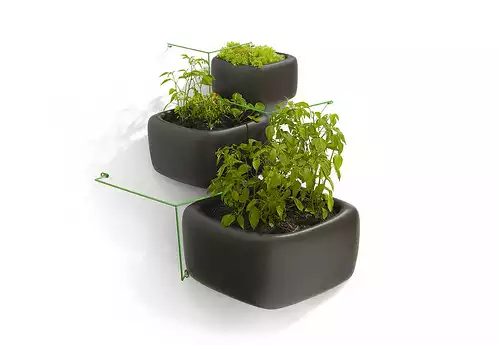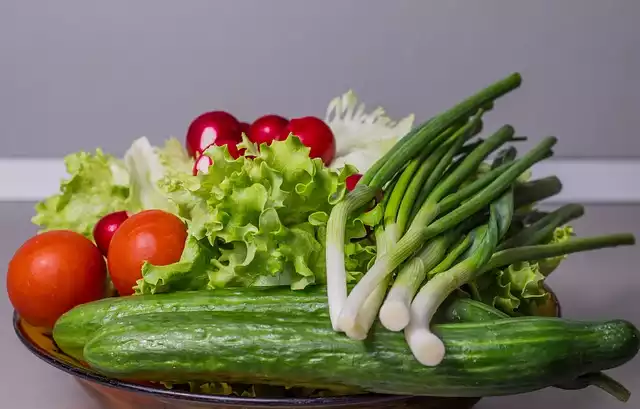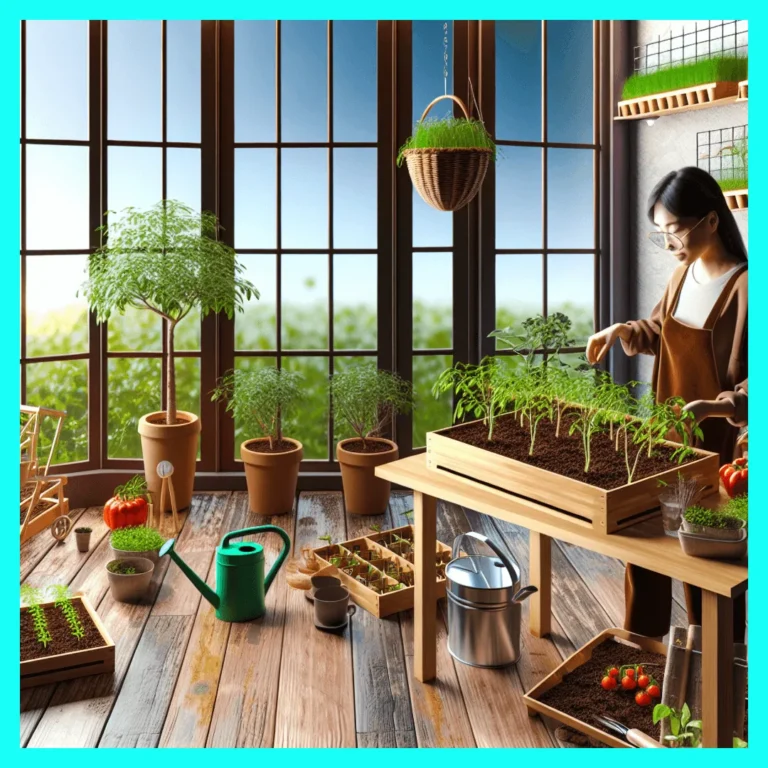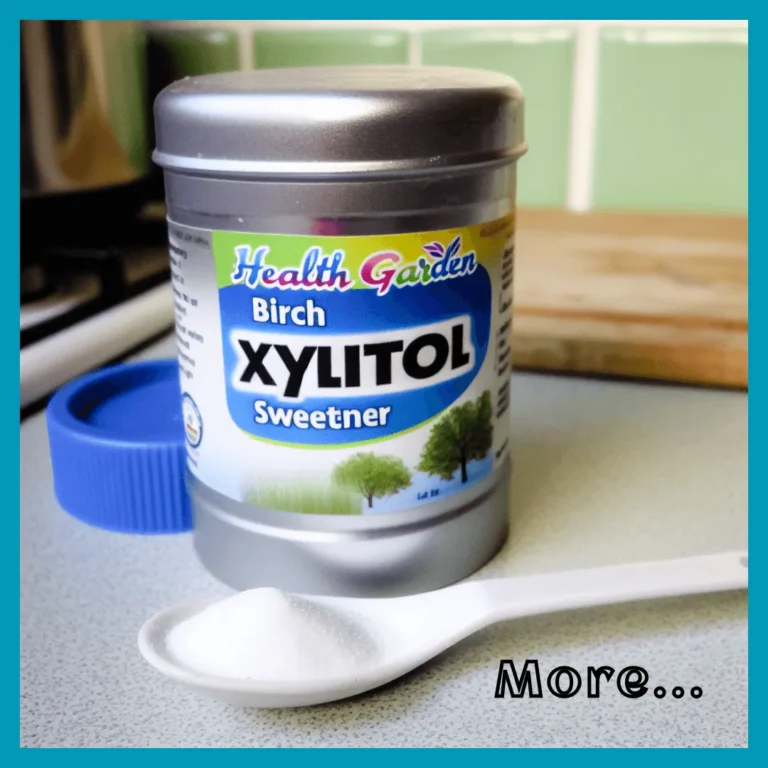Vegetables and Herbs
Embark on an exhilarating journey through the lush, verdant world of vegetables and herbs—a universe brimming with vibrant colors, tantalizing flavors, and boundless possibilities!
Imagine stepping into a garden where every leaf whispers secrets of health and vitality, and each fruit promises a burst of freshness.
This isn’t just farming; it’s an adventure where nature’s bounty meets culinary artistry.
Vegetables and herbs are not merely ingredients; they are the unsung heroes of the kitchen, capable of transforming mundane meals into extraordinary culinary experiences.
Imagine the crisp snap of a fresh carrot or the aromatic allure of basil leaves between your fingers—these sensory delights are just the beginning.
With vegetables and herbs at your fingertips, you’re equipped to embark on a gastronomic quest that will tantalize your taste buds and invigorate your senses.
Let’s dive into this exciting world together, exploring how these natural treasures can elevate our health, enhance our meals, and enchant our palates.
Get ready to be inspired by the endless creativity that vegetables and herbs bring to our plates—your culinary adventure awaits!
Table of Contents Vegetables and Herbs
Benefits of incorporating vegetables into diet
Incorporating a variety of vegetables into your diet offers numerous benefits that are essential for maintaining optimal health.
Firstly, vegetables are packed with essential vitamins and minerals that are vital for proper bodily functions.
They are rich in vitamins A, C, and E, as well as minerals like potassium, magnesium, and folate.
These nutrients play a crucial role in supporting a strong immune system, promoting healthy skin and hair, and aiding in the prevention of chronic diseases such as heart disease and certain types of cancer.
Additionally, vegetables are low in calories and high in fiber, making them an excellent choice for weight management.
The high fiber content also helps to regulate digestion and prevent constipation.
By incorporating vegetables into your diet, you not only enhance the nutritional value of your meals but also promote overall well-being and longevity.
Fresh herbs add flavor and nutrients
When it comes to enhancing the taste and nutritional value of your dishes, fresh herbs are an indispensable addition.
Not only do they provide a burst of flavor to your meals, but they also offer a wide range of essential nutrients.
Fresh herbs are rich in vitamins, minerals, and antioxidants that contribute to a well-balanced diet.
For example, basil is a good source of vitamin K, which plays a role in blood clotting and bone health.
Cilantro is packed with vitamins A and C, which support a healthy immune system and collagen production.
Rosemary contains antioxidants that have been linked to potential anti-inflammatory and anti-cancer properties.
By incorporating fresh herbs into your culinary creations, you not only elevate the taste but also provide your body with an array of beneficial nutrients that contribute to your overall well-being.
Tips for growing your own herbs
Growing your own herbs can be a rewarding and cost-effective way to ensure a steady supply of fresh flavors in your kitchen.
To successfully cultivate your own herb garden, there are a few key tips to keep in mind.
First, choose a suitable location that receives ample sunlight, as most herbs thrive in full sun.
Additionally, ensure that the soil is well-drained to prevent waterlogging and root rot.
Consider starting with easy-to-grow herbs such as basil, mint, or parsley, and gradually expand your collection as you gain confidence.
Regular watering and occasional fertilization will help your herbs flourish.
Lastly, don’t be afraid to harvest your herbs regularly, as this promotes growth and encourages bushier, more abundant plants.
With these simple tips, you’ll soon be enjoying the satisfaction of incorporating homegrown herbs into your culinary creations.
Vegetables for a well-balanced meal
To create a well-balanced meal, incorporating a variety of vegetables is essential.
Not only are vegetables rich in essential vitamins, minerals, and dietary fiber, but they also add color, texture, and flavor to your plate.
Aim to include a mix of different vegetables to ensure a diverse range of nutrients.
Leafy greens such as spinach and kale provide a nutritional powerhouse, while cruciferous vegetables like broccoli and cauliflower offer valuable antioxidants.
Adding colorful options like bell peppers, tomatoes, and carrots not only enhances the visual appeal but also ups the antioxidant content.
Don’t forget about starchy vegetables like sweet potatoes and butternut squash, which provide a healthy dose of carbohydrates and fiber.
By incorporating a variety of vegetables into your meals, you can create a well-rounded and nourishing eating plan.
Seasonal vegetables for maximum nutrition
To maximize the nutritional benefits of your vegetable consumption, it is advisable to prioritize seasonal produce.
Seasonal vegetables are harvested at their peak, ensuring optimal flavor, texture, and nutrient content.
These vegetables are often fresher and require less transportation, reducing the chances of nutrient loss during storage and transit.
Additionally, seasonal vegetables tend to be more affordable and readily available, making them a sustainable and cost-effective choice.
By incorporating seasonal vegetables into your diet, you can take advantage of the diverse range of nutrients they offer, supporting your overall health and well-being.
Herbs for medicinal and culinary use
In the realm of culinary and medicinal practices, herbs have long been revered for their diverse array of flavors and healing properties.
These versatile plant allies can be easily cultivated in home gardens or sourced from local markets, offering a convenient and sustainable way to enhance both our meals and our well-being.
Whether it’s the vibrant aroma of basil in a freshly prepared pesto or the soothing effects of chamomile in a calming tea, herbs have the ability to transform ordinary dishes into culinary delights while also providing natural remedies for a range of ailments.
From boosting digestion to reducing inflammation, herbs offer a world of possibilities for both gastronomy and holistic self-care, making them an invaluable addition to any kitchen or wellness regimen.
Ways to cook and prepare vegetables
When it comes to incorporating vegetables into our meals, there are countless ways to unleash their flavors and maximize their nutritional benefits.
One popular method is roasting, which brings out the natural sweetness and adds a delightful caramelized touch to vegetables like carrots, Brussels sprouts, and bell peppers.
Sautéing is another versatile technique that involves cooking vegetables quickly in a pan with a small amount of oil or butter, allowing them to retain their vibrant colors and crisp textures.
Steaming is a gentle approach that preserves the nutrients and natural flavors of vegetables, making it an ideal choice for delicate options such as broccoli and asparagus.
For those seeking a more adventurous experience, grilling vegetables imparts a smoky essence that pairs perfectly with summer gatherings and outdoor meals.
Lastly, incorporating vegetables into stir-fries and pasta dishes adds both color and substance, allowing them to mingle with other ingredients and create a harmonious blend of flavors.
With these various cooking methods at our disposal, the world of vegetables becomes an endless playground for culinary exploration and healthy eating.
How to store herbs and vegetables
To maintain the freshness and maximize the shelf life of your herbs and vegetables, proper storage is essential.
After purchasing or harvesting your produce, it is important to handle them with care.
Start by washing the vegetables thoroughly to remove any dirt or residue.
Once cleaned, make sure to dry them completely before storing.
For leafy greens and herbs, gently pat them dry with paper towels or use a salad spinner to remove excess moisture.
To store herbs, you can place them in a glass of water like a bouquet, ensuring the stems are submerged and the leaves are above the water line.
Cover the herbs loosely with a plastic bag and refrigerate.
For vegetables, it is best to store them in breathable containers or perforated plastic bags in the refrigerator’s crisper drawer.
This helps to maintain the right level of humidity while allowing for proper air circulation.
Certain vegetables, such as potatoes and onions, should be stored in a cool, dark place away from direct sunlight.
By following these storage techniques, you can prolong the freshness and flavor of your herbs and vegetables, ensuring they remain crisp and vibrant for your culinary creations.
In conclusion, incorporating a variety of vegetables and herbs into your diet can have numerous health benefits, such as increasing nutrient intake, supporting immune function, and reducing the risk of chronic diseases.
From leafy greens to aromatic herbs, adding these plant-based foods to your meals can enhance both the flavor and nutritional value of your meals.
So next time you’re planning your menu, don’t forget to include a variety of vegetables and herbs for a well-rounded and nourishing diet.
FAQ
What are the health benefits of incorporating a variety of vegetables and herbs into your diet?
Incorporating a variety of vegetables and herbs into your diet provides essential nutrients like vitamins, minerals, and antioxidants that support overall health.
Vegetables and herbs are low in calories and high in fiber, promoting weight management and digestion.
They can also reduce the risk of chronic diseases such as heart disease, diabetes, and certain types of cancer.
Additionally, the phytochemicals in vegetables and herbs have anti-inflammatory and immune-boosting properties that help protect the body against illnesses and promote longevity.
Overall, a diverse vegetable and herb intake is key to maintaining optimal health and well-being.
How can individuals grow their own vegetables and herbs at home, even with limited space or resources?
Individuals can grow vegetables and herbs at home with limited space or resources by utilizing vertical gardening techniques, such as hanging planters or trellises, using window boxes or small containers, or creating a small raised bed garden.
They can also consider growing compact or dwarf varieties of plants, choosing herbs that thrive in indoor environments, and implementing space-saving strategies like intercropping or succession planting.
Additionally, utilizing natural light, proper watering, and organic fertilizers can help maximize plant growth and yield in small spaces.
What are some lesser-known vegetables and herbs that offer unique flavors and nutritional benefits?
Some lesser-known vegetables and herbs that offer unique flavors and nutritional benefits include kohlrabi, rutabaga, sunchokes, sorrel, and lovage.
Kohlrabi is a crunchy vegetable rich in fiber and vitamin C, while rutabaga is a cross between a cabbage and a turnip, packed with vitamins and antioxidants.
Sunchokes are nutrient-dense tubers with a sweet, nutty flavor.
Sorrel is a tangy herb high in vitamin C and antioxidants, and lovage is a herb similar to parsley with a strong celery flavor and medicinal properties.
Incorporating these ingredients into your diet can add variety and health benefits.
How can individuals properly store and preserve vegetables and herbs to maximize their freshness and flavor?
To properly store and preserve vegetables and herbs, it’s essential to keep them dry, cool, and protected from light.
Vegetables like carrots and radishes can be stored in the fridge in a perforated bag, while leafy greens should be wrapped in a paper towel and kept in the crisper.
Herbs can be stored in a glass of water or wrapped in a damp paper towel in the fridge.
Freezing vegetables is also a great option for long-term storage.
Additionally, properly labeling and organizing your storage space can help prevent spoilage and ensure that your vegetables and herbs stay fresh and flavorful for longer.
What are some creative ways to incorporate vegetables and herbs into everyday meals and recipes for added taste and nutrition?
- Add finely chopped vegetables like bell peppers, zucchini, and carrots to pasta sauces or casseroles.
- Make vegetable-based soups or stews with a variety of colorful veggies.
- Use fresh herbs like basil, cilantro, or parsley as garnishes or mix them into salads, dressings, or marinades for added flavor.
- Roast vegetables like sweet potatoes, Brussels sprouts, or cauliflower with herbs and spices for a tasty side dish.
- Blend spinach or kale into smoothies or sauces for an extra nutrient boost.







